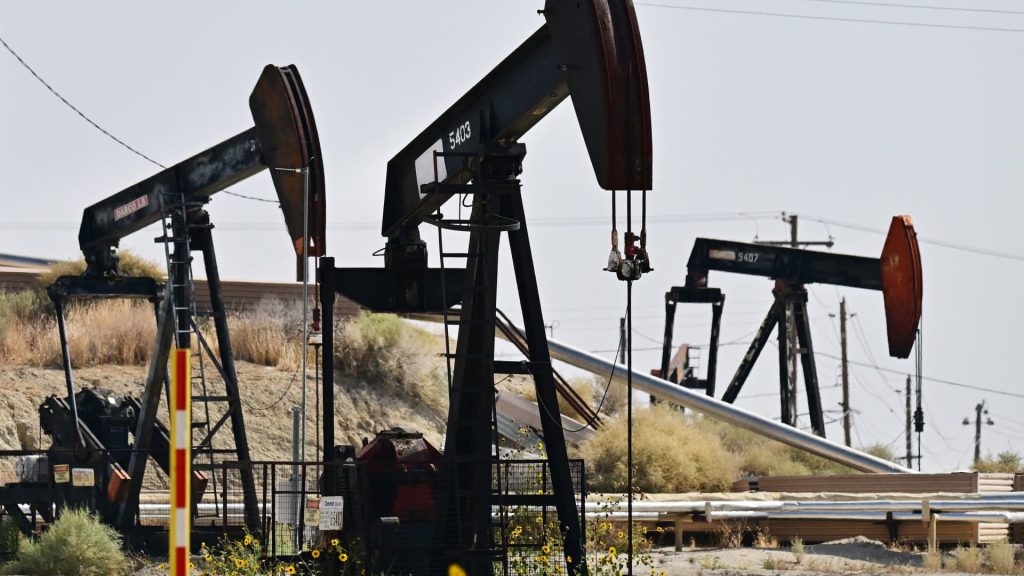U.S. oil prices have soared to their highest level since late October, with West Texas Intermediate crude futures rising modestly and breaching $86 a barrel. Brent crude also climbed and nearly hit $90 a barrel. The rally in oil prices has been driven by positive demand updates, concerns about supply amid tensions in the Middle East, and OPEC+ maintaining its output reduction policy. The recent ISM Manufacturing PMI reading, which showed expansion in U.S. manufacturing activity, has also supported the rise in oil prices. Additionally, positive reports on manufacturing activity and business confidence in China have further boosted oil prices.
The supply side of the oil equation faces challenges beyond OPEC+, including the ongoing conflict between Russia and Ukraine as well as geopolitical tensions between Israel and Iran. The increase in oil prices has important implications for stock market investors, affecting input costs for companies and potentially leading to higher prices for consumers. The rise in energy prices, particularly at the gas pump, can impact discretionary spending and inflation. However, the economic strength driving the rise in oil prices is also reflected in low unemployment and rising wages, providing a balanced perspective on the situation.
As the Federal Reserve works to navigate the situation, monitoring employment trends, wage inflation, and consumer spending will be key factors to watch. The increase in oil prices puts pressure on profit margins for companies, potentially leading to price increases on products. The Fed’s stance on interest rates is influenced by factors such as energy prices and inflation, making it important for investors to stay informed on these developments. The upcoming first-quarter earnings season will provide further insight into how companies are responding to the increase in energy prices.
In light of these developments, staying informed and monitoring economic indicators closely will be essential for investors. The rise in oil prices reflects a combination of positive demand updates, supply concerns, and geopolitical tensions, all of which impact both the energy market and the broader stock market. By paying attention to factors such as employment trends, wage inflation, and consumer spending, investors can make more informed decisions in response to the current economic climate.















